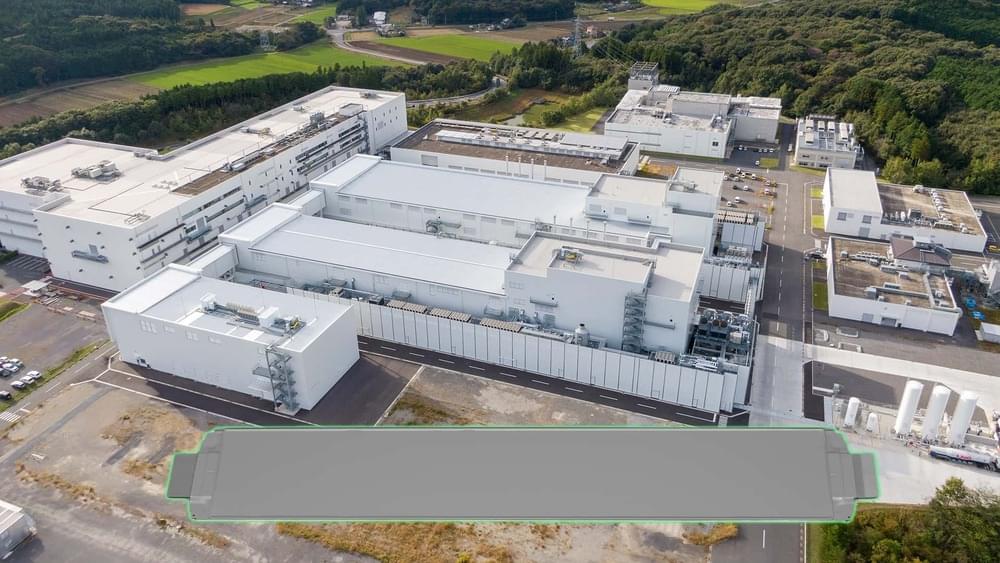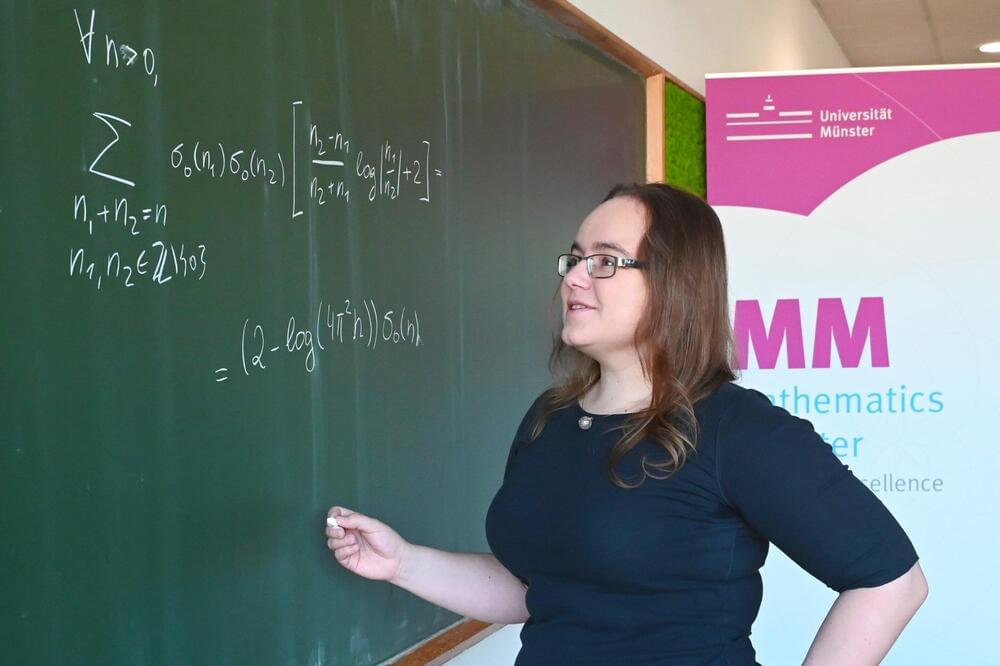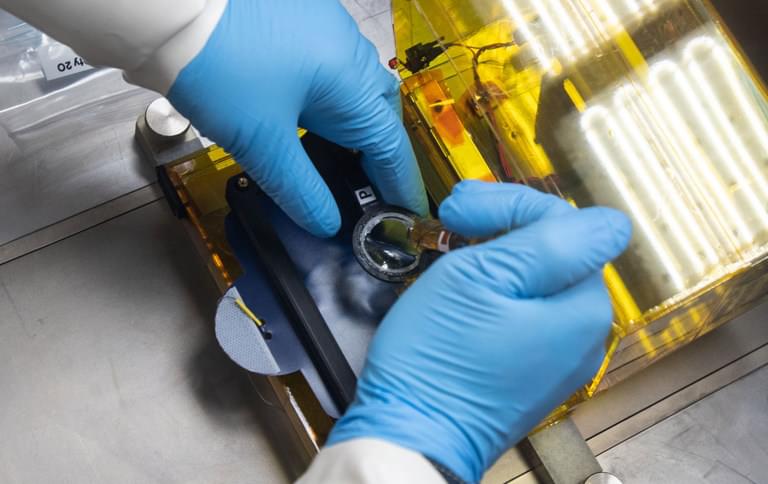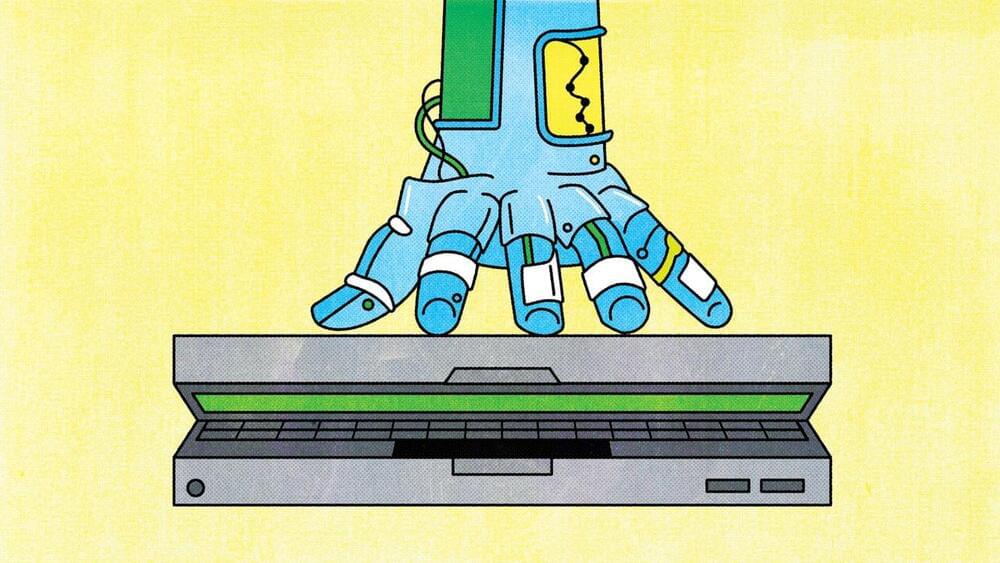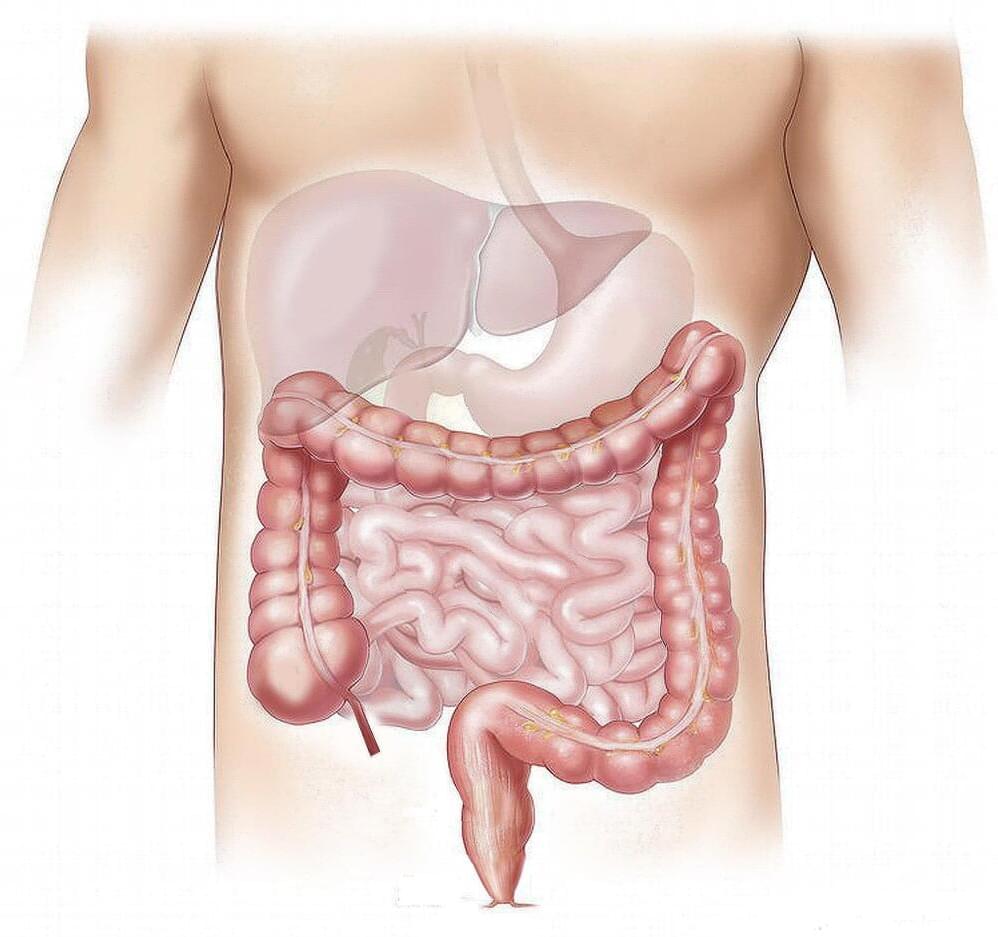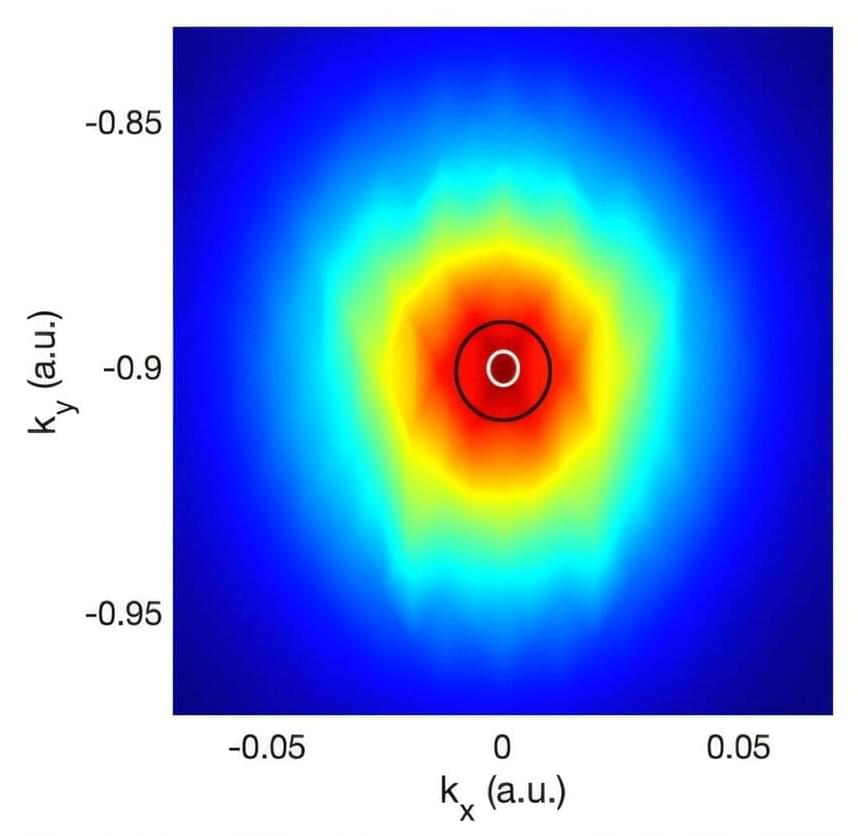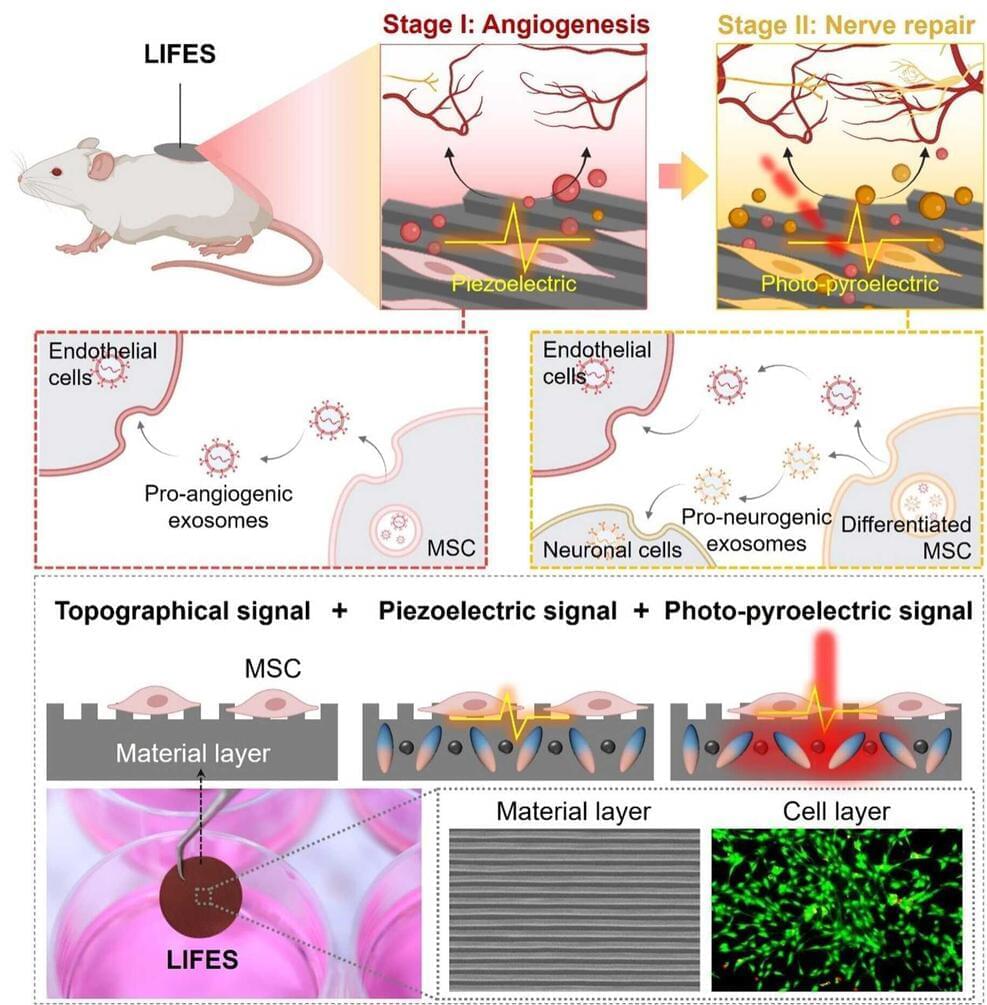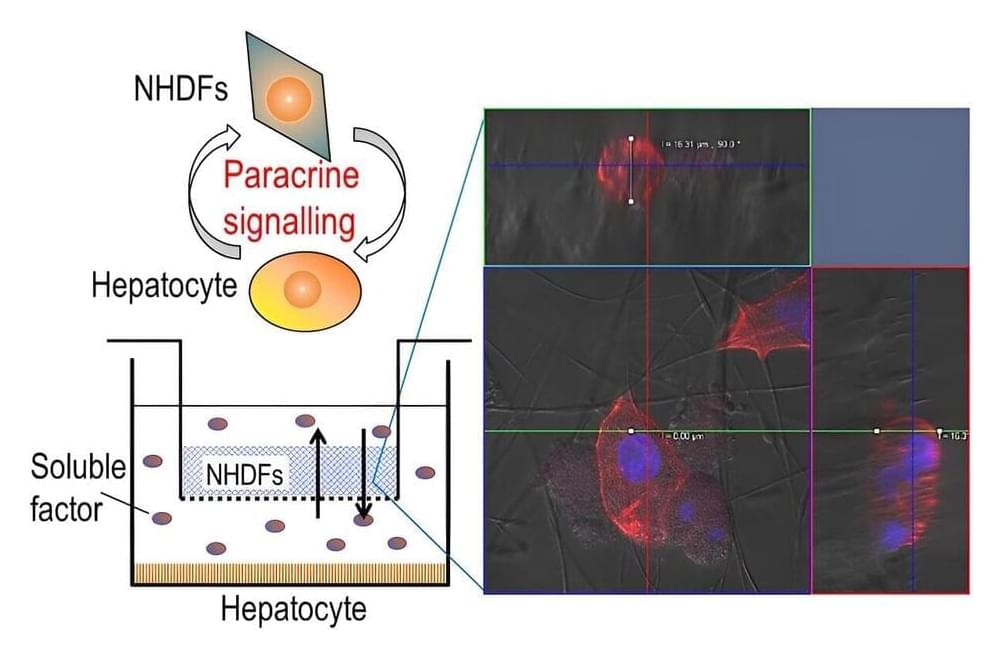The automaker built a demonstration production line to figure out how to make affordable, high-density solid-state batteries for EVs and everything else.
String theory aims to explain all fundamental forces and particles in the universe—essentially, how the world operates on the smallest scales. Though it has not yet been experimentally verified, work in string theory has already led to significant advancements in mathematics and theoretical physics.
Dr. Ksenia Fedosova, a researcher at the Mathematics Münster Cluster of Excellence at the University of Münster has, along with two co-authors, added a new piece to this puzzle: They have proven a conjecture related to so-called 4-graviton scattering, which physicists have proposed for certain equations. The results have been published in the Proceedings of the National Academy of Sciences.
Gravitons are hypothetical particles responsible for gravity. “The 4-graviton scattering can be thought of as two gravitons moving freely through space until they interact in a ‘black box’ and then emerge as two gravitons,” explains Fedosova, providing the physical background for her work. “The goal is to determine the probability of what happens in this black box.”
An exploration of the bizarre mystery of John Wheeler’s quantum foam, virtual particles and virtual black holes and how the universe could have come from a quantum fluctuation.
My Patreon Page:
/ johnmichaelgodier.
My Event Horizon Channel:
1,271 likes, — artificialintelligencenews.in on November 22, 2024: According to former Google CEO Eric Schmidt, the tech industry anticipates that within the next five years, AI systems will be able to write and improve their code. This means AI will soon be capable of analyzing and enhancing its programming, setting off a recursive process that could dramatically accelerate development.
Schmidt suggests that by around 2030–2032, we might see a single AI system that can match 80–90% of the expertise of top specialists across various fields—whether that’s physics, chemistry, art, or more. Such a system would, in effect, be smarter than any human, as no one person can excel in all these disciplines at once. In short, Schmidt believes we are approaching a future where AI could possess intellectual versatility that surpasses any individual human’s abilities.
The first casualties of generative AI offer clues as to when a business may be strengthened by the technology—and when it will be upended. Examining them suggests three lessons for firms.
Dysolve, the first artificial intelligence-powered platform for dissolving dyslexia and associated learning disabilities, is paving the way for a new treatment approach.
Dyslexia is a neurodevelopmental learning disorder that makes it challenging for children and adults to read, write, and spell. The condition affects one out of every five people and represents 80% to 90% of those with learning disabilities.
This condition once seemed permanent. The new Dysolve AI program can correct dyslexia, a task beyond even the most qualified of human specialists, according to Coral Pau-San Hoh, Dysolve’s CEO and co-founder of the AI platform that generates interactive verbal games customized to evaluate each student.
Researchers at Karolinska Institutet have found a molecule that can both help the intestines to heal after damage and suppress tumor growth in colorectal cancer. The discovery could lead to new treatments for inflammatory bowel disease (IBD) and cancer.
The results are published in the journal Nature in a paper titled “Liver X receptor unlinks intestinal regeneration and tumorigenesis.”
Many patients with inflammatory bowel disease (IBD) such as Crohn’s disease or ulcerative colitis do not respond to available treatments, highlighting the need to identify novel therapeutic strategies. In their study, researchers propose that promoting mucosal healing through tissue regeneration could be a valid alternative to immunosuppressive drugs.
A research team led by Professor Jaedong Lee from the Department of Chemical Physics of DGIST has introduced a novel quantum state and a pioneering mechanism for extracting and controlling quantum information using exciton and Floquet states.
Collaborating with Professor Noejung Park from UNIST’s Department of Physics, the team has, for the first time, demonstrated the formation and synthesis process of exciton and Floquet states, which arise from light-matter interactions in two-dimensional semiconductors.
The study, published in Nano Letters in October, captures quantum information in real-time as it unfolds through entanglement, offering valuable insights into the exciton formation process in these materials, thereby advancing quantum information technology.
A research team led by Dr. Du Xuemin from the Shenzhen Institutes of Advanced Technology (SIAT) of the Chinese Academy of Sciences has reported a living interface with unique functionalities of durable secretion of bioactive exosomes with tunable contents and miRNA cargoes, effectively promoting neurovascular remodeling.
The study was published in Matter on Nov. 21.
Neurovascular remodeling is crucial for restoring normal functions of regenerated tissues or engineered organs, which requires multi-target and phase-specific paracrine regulation. However, existing strategies still cannot mimic such dynamic and complicated paracrine regulation effects in the native physiological processes, hindering synergistic neurovascular remodeling.
Communication and coordination among different cells are fundamental aspects that regulate many functions in our body. This process, known as paracrine signaling, involves the release of signaling molecules by a cell into its extracellular matrix (ECM) or surroundings to communicate changes in its cellular processes or the local environment. These signaling molecules are then detected by neighboring cells, leading to various cellular responses.
For instance, during cell/tissue injury, the paracrine signaling process releases growth factors that signal nearby stem cells to assist in tissue repair in the form of scar tissue formation or blood clotting. Similar processes occur in the regulation of other vital functions, such as digestion, respiration, and reproduction. Additionally, paracrine signals influence the expression and activity of enzymes involved in drug metabolism and play a role in drug–drug interactions.
The signaling molecules, which may contain proteins and genetic material, are transported within tiny vesicles called exosomes. These vesicles serve as valuable biomarkers for various diseases and can even be engineered to carry drugs, making them a highly effective targeted drug delivery system. Notably, the hormone oxytocin and the neurotransmitter dopamine are paracrine messengers.
